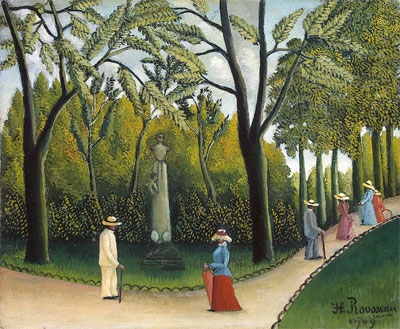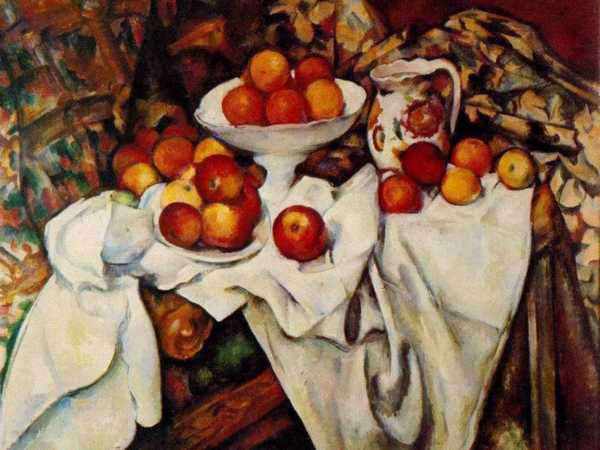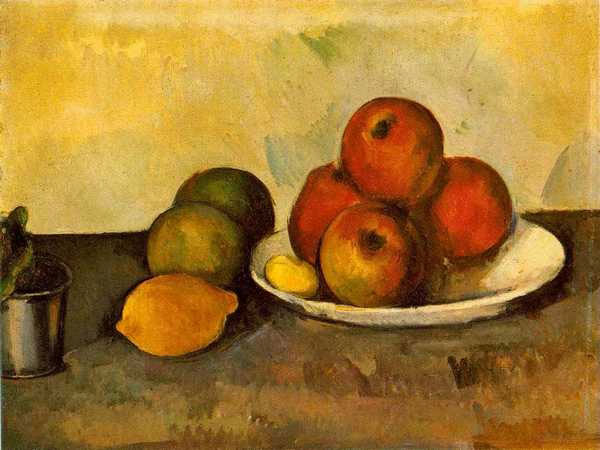
Post-Impressionism art movement
Post-Impressionism is the term coined by the British artist and art critic Roger Fry in 1910 to describe the development of French art since Manet. Post-Impressionists extended Impressionism while rejecting its limitations: they continued using vivid colours, thick application of paint, distinctive brush strokes, and real-life subject matter, but they were more inclined to emphasize geometric forms, to distort form for expressive effect, and to use unnatural or arbitrary colour. Georges Seurat and his followers concerned themselves with Pointillism, the systematic use of tiny dots of colour. Paul Cézanne set out to restore a sense of order and structure to painting, to “make of Impressionism something solid and durable, like the art of the museums”. He achieved this by reducing objects to their basic shapes while retaining the bright fresh colours of Impressionism. The Impressionist Camille Pissarro experimented with Neo-Impressionist ideas between the mid 1880s and the early 1890s. Discontented with what he referred to as romantic Impressionism, he investigated Pointillism which he called scientific Impressionism before returning to a purer Impressionism in the last decade of his life. Vincent van Gogh used colour and vibrant swirling brush strokes to convey his feelings and his state of mind.












